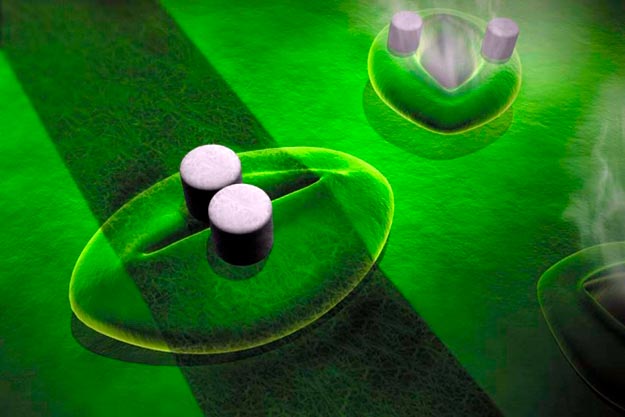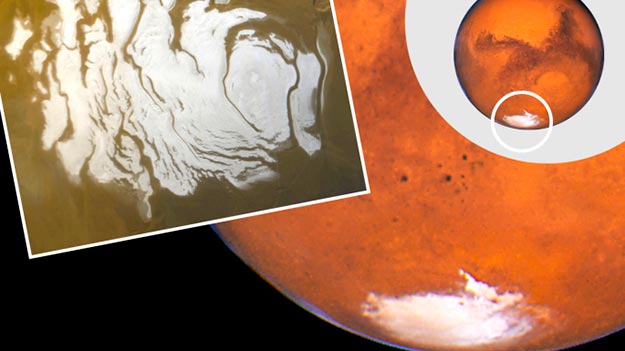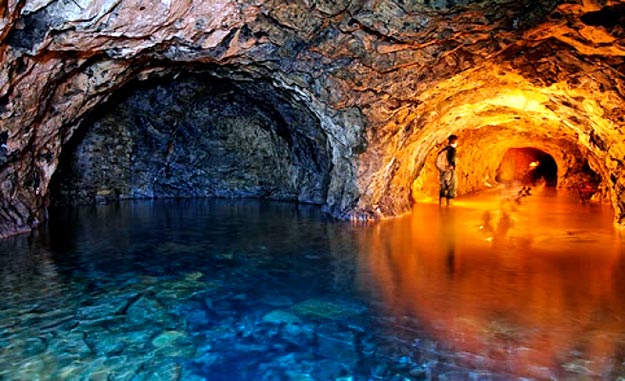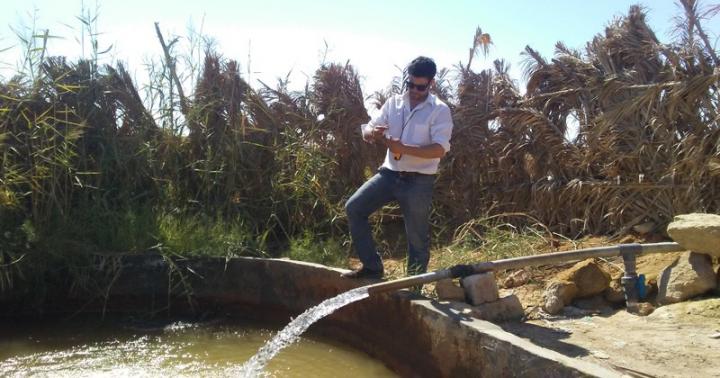Forgot to water that plant on your desk again? It may soon be able to send out an SOS.
MIT engineers have created sensors that can be printed onto plant leaves and reveal when the plants are experiencing a water shortage. This kind of technology could not only save neglected houseplants but, more importantly, give farmers an early warning when their crops are in danger, says Michael Strano, the Carbon P. Dubbs Professor of Chemical Engineering at MIT and the senior author of the new study.
“This appears to be the earliest indicator of drought that we have for agricultural applications,” Strano says. “It’s hard to get this information any other way. You can put sensors into the soil, or you can do satellite imaging and mapping, but you never really know what a particular plant is detecting as the water potential.” Read more












